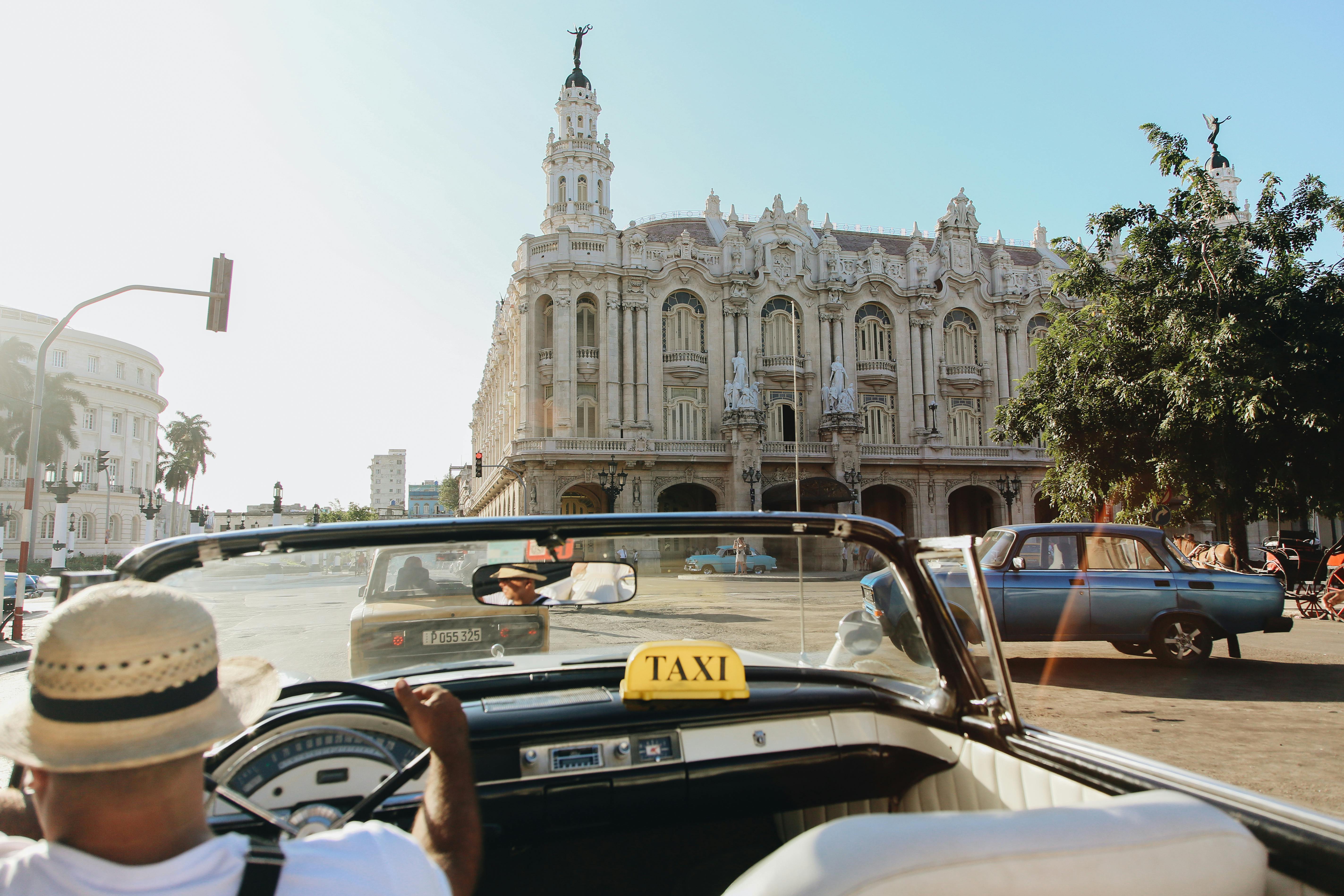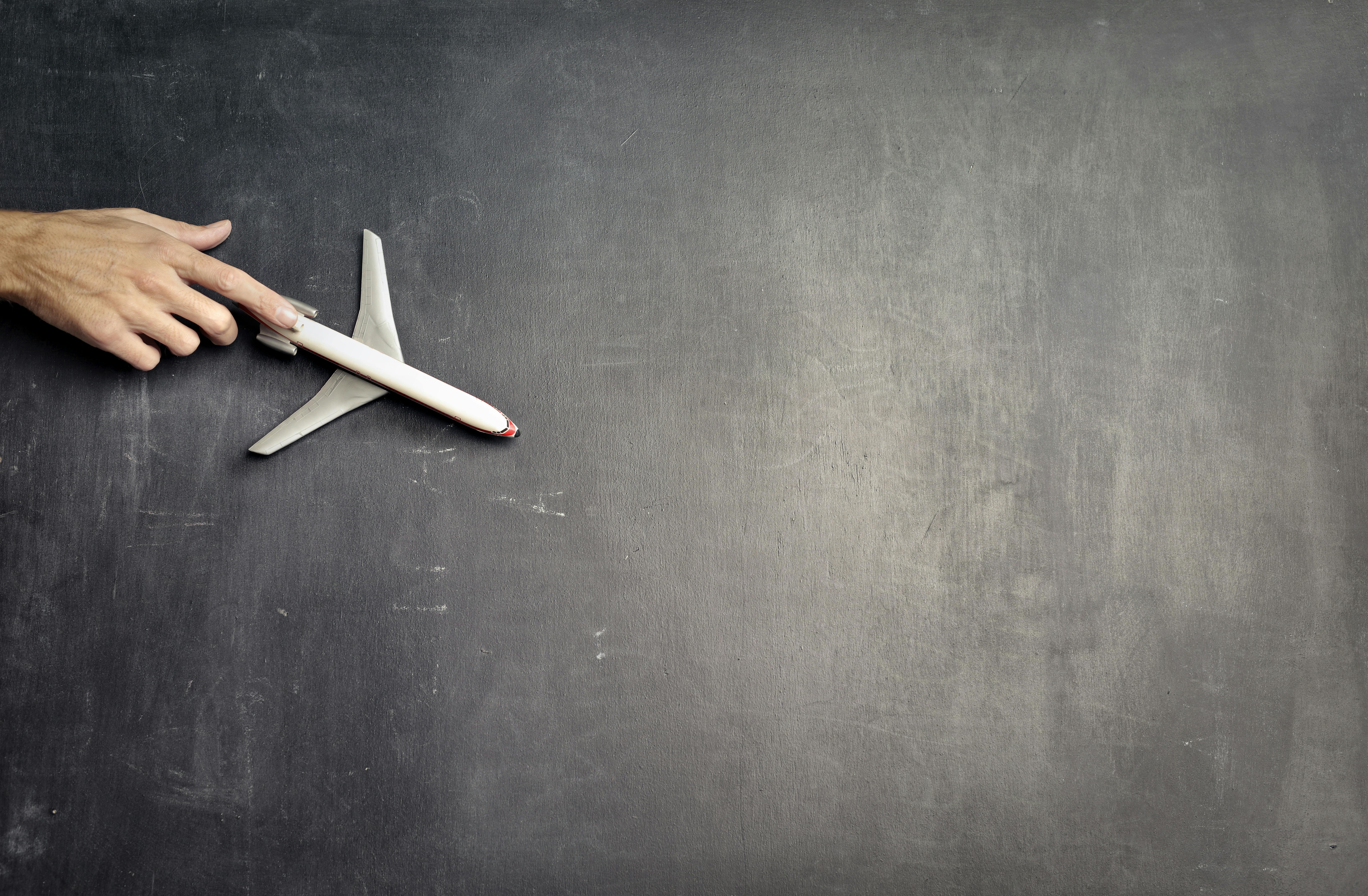The Koggala Folk Museum of Sri Lanka is one of the best museums totally dedicated to showcasing the lifestyle, industries and customs of traditional Sri Lankan communities. It is located in the ancestral home of renowned Sri Lankan author Martin Wickramasinghe, and was established as a tribute to the writer by the Martin Wickramasinghe Trust.
The boy, who would become one of the greatest Sinhalese writers of his time, was born in 1890 in the village of Malgama. The house that now serves as his memorial museum was the childhood home of the writer and his sisters, and is a classic, well-preserved example of a Southern abode from that era. The rear section is now approaching 200 years since it was first built and has characteristic Dutch architectural features, as well as whitewashed walls and brick-paved floors.
The house is the last surviving dwelling in the village, as all other houses were vacated and demolished during World War II to make way for a landing strip for Royal Air Force seaplanes. However, Martin Wickramasing’s manor house survived by the good fortune of being warned by an officer, who, attracted by his demure charm, decided to make it his own residence for the duration of the military occupation.
The grassy knoll near the house, on which stands a rock from the Koggala reef, houses the ashes of the famous author and his wife Prema. This was a favorite place in Martin Wickramasinghe’s childhood, as he fondly recounts it in his diaries. More about his life, his time, and his achievements can be found out at the Hall of Life, which is an exhibition of photographs, memorabilia, and other memorabilia belonging to the renowned gentleman.
The Folk Museum is actually the realization of one of his lifelong dreams, which he longed to preserve and educate future generations about the cultural and technological aspects of village life that were familiar staples from his childhood. He himself had acquired a remarkable collection of cultural artifacts during his lifetime. The museum, which opened in 1981, used this as a starting point to build a more extensive repository.
Today, the museum comprises 25 categories, thematically displaying the multifaceted aspects of ancient and modern Sri Lankan popular culture. This encompasses everything from folk art, music, and crafts to medicine, agriculture, and religion. Each collection serves as a visual narrative of the development of the arts and technologies of fishing, ceramics, metallurgy, and agriculture. These serve as powerful reminders of Sri Lanka’s community roots and offer invaluable insight into the nation’s fast-disappearing popular culture.
This was the culture that Martin Wickramasinghe brought to life most vividly through his characters and writing, providing a critical narrative of its ebbs and flows. He had a deep love and respect for his values, which he believed were the glue that prevented the disintegration of the native social fabric. His museum is meant to promote these ideals that he championed throughout his career, as well as better understand the man who always held Koggala and his people close to his heart.




